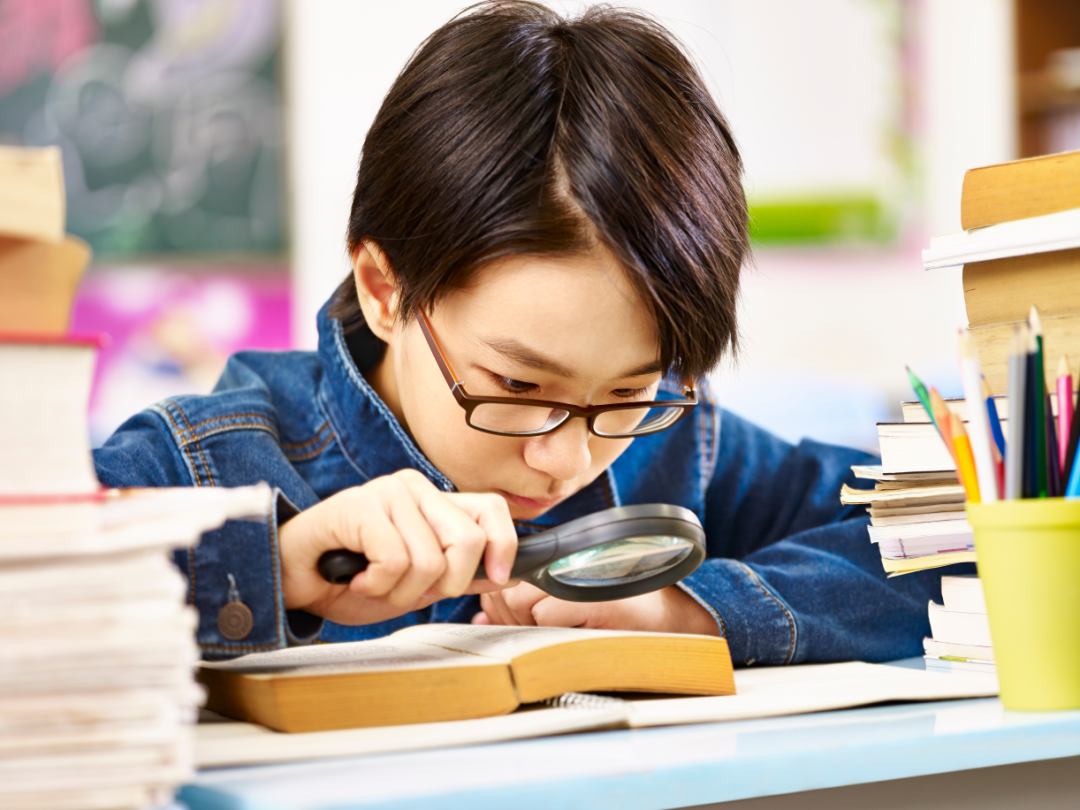source: 2025-04-27 16:45:05 Secondary reading
Eyes were fine in kindergarten, but myopia suddenly appears in elementary school?
Many parents ask this question when their child’s vision declines unexpectedly.
Is myopia truly a sudden visitor at the start of school? At what age are children most prone to myopia?
8 years old is the peak age for childhood myopia!
In reality, myopia risk begins emerging in kindergarten, but parents often fail to notice.
Research Findings
Studies show that 8 years old is a critical period for myopia onset.
Physiologically, ages 6–9 are growth spurts for children. As the body develops, the eyeball elongates proportionally, altering refractive power (eye focusing ability). This refractive error leads to myopia, hyperopia, or astigmatism.
Why Does Myopia Surge Around Age 8?

Three key factors converge:
Standardized School Vision Screenings
Elementary schools conduct biannual health checks, including vision and axial length measurements. Teachers identify issues and prompt parents to seek medical care.
Improved Communication Skills
Children at this age express concerns like “I can’t see the blackboard clearly,” alerting parents earlier than in preschool years.
Increased Parental Awareness
With longer near-work hours in school and heightened parental knowledge of eye health, families prioritize monitoring vision.
Around age 8, these factors align, leading to higher myopia detection rates.
Trends in Myopia Prevalence
Lower grades (1–3): About half of children wear glasses.
Upper grades (4–6): Over half wear glasses.
Most cases involve myopia, with minority due to astigmatism, hyperopia, or strabismus.
Beyond observations, data confirms a shift: two decades ago, myopia typically emerged in middle/high school. Now, younger children are increasingly affected.
How Early Can Myopia Start?
In high-risk families, children as young as 2–3 years old (if able to recognize numbers or vision charts) may show early signs. Intervention begins immediately, even if only with plano defocus lenses for prevention.
While glasses are one tool, they’re not the sole metric—early signs demand urgent action.
The Accelerated Progression of Myopia
Studies reveal:
6–9 years: Myopia progresses at -0.50 to -1.00 D/year.
10+ years: Progress slows to -0.35 to -0.75 D/year.
Key Insight: The younger myopia starts, the faster it advances without intervention. Unmanaged, degrees can escalate dangerously.
The Role of Prolonged Near Work
School demands intense near tasks, compounded by early screen exposure. Like any organ under constant strain, the eyes suffer cumulative damage.
Rapid growth during childhood amplifies these effects. Early detection and intervention are crucial. Clinically, many children stabilize or delay myopia progression with timely care.
Evidence from the International Myopia White Paper
Published in the Chinese Journal of Ophthalmology, it states:
“Early-onset myopia progresses rapidly, raising risks for high myopia.”Refractive error progression (D/year):
Ages 6–9: -0.50 to -1.00 D/year.
Ages 10+: -0.35 to -0.75 D/year.
Parents must act early. If myopia develops, collaborate with doctors for optical correction (e.g., glasses) to prevent high myopia!